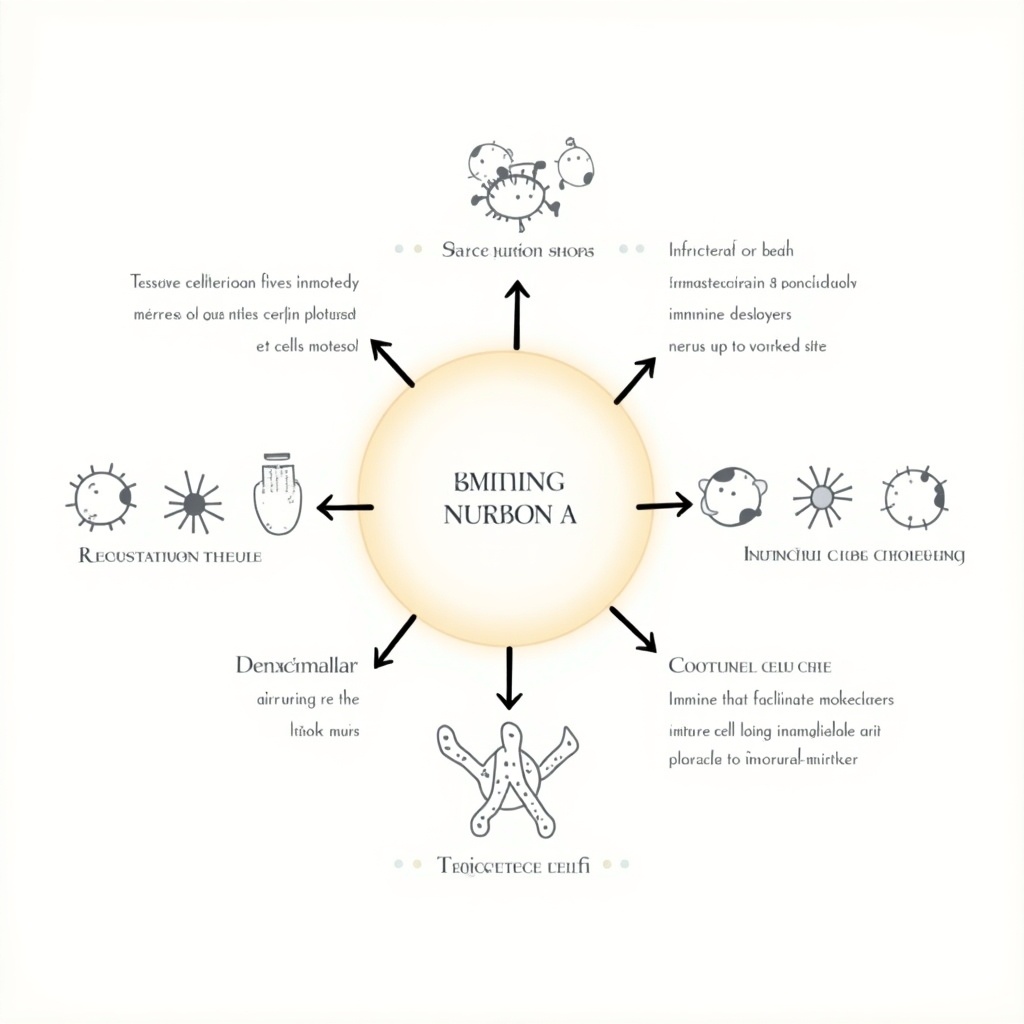Make a textbook-like figure illustrating and describing the innate immune response to infection. Figures must include the following:
Activation – 1) How the immune response first is activated, 10 pts. 2) Tissue-associated immune cells that are nearby for rapid response or sounding alarms, 6 pts. 3) Inflammatory mediators and other products that are upregulated/secreted as a result of infection, 6 pts. 21 pts possible, 20 pts max
Recruitment – 1) Cellular and non-cellular immune components that circulate to the site of infection in response to alarms, 13 pts. 2) The signals and physiological changes that inform and permit responder immune cells trafficking to the site of infection, 8 pts. 21 pts possible, 20 pts max
Control – 1) Fate of the epithelial cell, 5 pts. 2) Immune cells that kill microbes or infected host cells to prevent infection spread, 5 pts. 3) Molecules or signals released by the host cell to help decide its fate, 1 pt. 4) Immune cell(s) charged with clearance of dead cells, 1 pt. 12 points possible, 10 pts max, The figure illustrates the innate immune response to infection through a centralized sun-like figure highlighting activation, recruitment, and control. It outlines how the immune response is activated, identifying tissue-associated immune cells nearby for rapid response. It also describes inflammatory mediators secreted upon infection. The outer sections detail the recruitment of cellular and non-cellular immune components to the infection site. Additionally, it covers the physiological changes allowing immune cell trafficking and the control mechanisms involving immune cells that eliminate microbes. Fate signaling for epithelial cells and clearance of dead cells are also summarized

